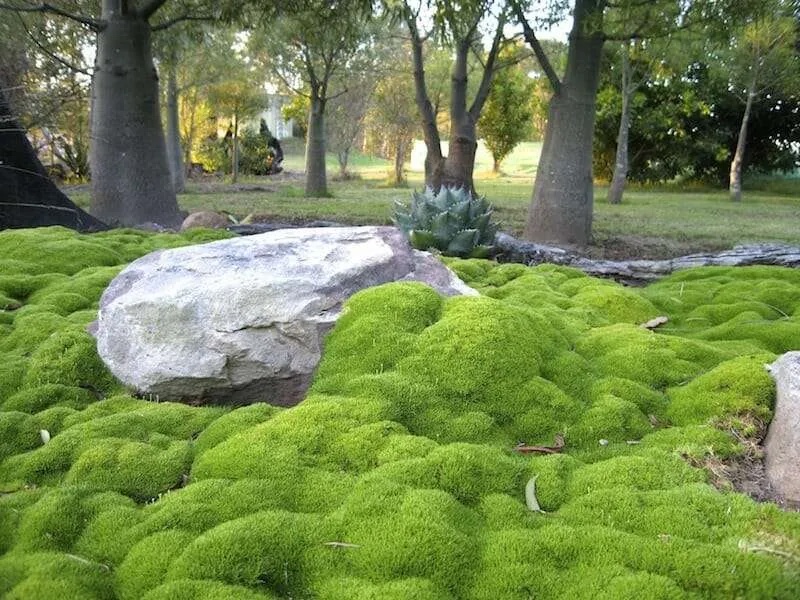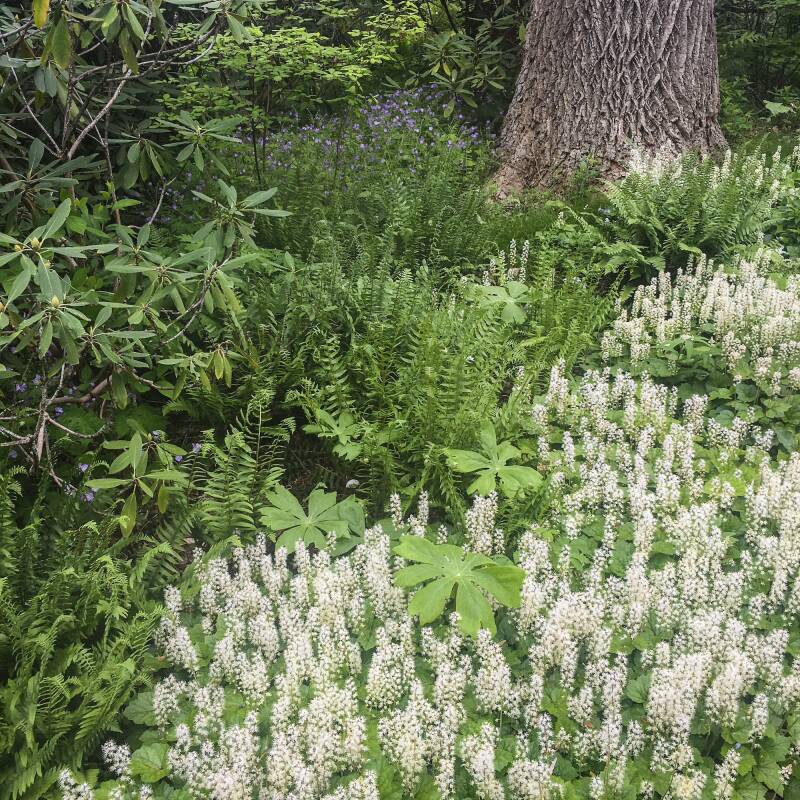You have decided to start a garden. Do you use your backyard and plant right into the ground? Do you build raised beds? Do you start a container garden in pots? There are reasons you would pick (or avoid) one over the others. Whether you want to grow food or flowers, there is a solution for you that can fit your space and your budget.
Here’s how to figure out what will work best for you.
In-Ground Gardening:

Planting right into the ground is the way farming has been done for millennia, and can work for you in your own backyard, with a few caveats.
Pros:
- You already have the space and it’s right in your own backyard.
- You can create a garden of any size or layout to fit your space and needs.
- Low cost of starting up; no beds to build or pots to buy.
Cons:
- There could be lead or other contaminants. You won’t want to plant edibles in questionable soil, so if you choose an in-ground garden, be sure to get a soil test first. Also you’ll learn if your soil is lacking nutrients.
- Compacted soil. Chances are your yard has been enjoyed by your family and friends with many backyard barbecues and kids and pets. All that fun has likely compacted the soil. Compacted soil doesn’t allow for air, water, and nutrients to get to plant roots. This will need to be fixed by aeration and amending.
- Later planting start date. The ground warms up last. Raised beds warm up sooner.
Raised Beds

Raised beds cost a bit more but they have their advantages.
Pros:
- You can match the soil perfectly to your plants’ needs. If you love tomatoes, you can adjust the soil appropriately to support the heavy feeders that they are.
- The soil in raised beds warms faster, so planting can start earlier in the season.
- Raised beds have better drainage, so plants that don’t like wet feet, do very well in them.
- You have many choices of materials for which to build them: wood, metal, stone, composites.
- Because you can build the beds as high as you want, you can make them accessible for older people and those with disabilities.
- Fewer weeds and no soil compaction.
Cons:
- Cost. You will need to buy everything: the materials to build the beds and the soil to fill it. And then you have to build them.
- If you choose wood, it will need to be replaced at some point.
- The soil dries out faster. The raised bed will require more frequent watering.
- Colder in winter. The raised beds have more exposure. They warm faster in spring and cool off faster in the fall and winter.
Container Gardening

Think of container gardening as raised beds for people without a usable yard. You can grow quite an array of plants, both edible and ornamental, annuals and perennials.
Pros:
- Great for small spaces. You can get a container to fit just about any space.
- Decor. Your choices for materials are nearly endless. Pots can be made from traditional materials such as wood, ceramic, or terracotta. Or you can think out of the proverbial box. The “containers” you use can be anything from old wheelbarrows to an old Chevy pickup. Whatever your imagination can come up with that can hold soil can be your container.
- As with raised beds, they can be accessible for people with disabilities.
- Portable. They can be moved to follow the sun and if you move to another home, you can take them with you.
Cons:
- Dries out faster. Containers don’t have access to the moisture reserve found in the deep soil.
- More fertilizer needed. Because of the limited amount of soil, the plants will run through what’s there fast.
- A full container can be very heavy and hard to move.
- Care outside of the growing season. If you live in a place where there are freezes, the soil and water left in the pot can freeze and fracture it. The pots need to be stored empty and dry during the colder months.
- Drainage. The pots will need to drain out extra water. If your containers are on a wooden surface, this can cause rot. You will need to buy pot feet or invest in plant stands.
For more on the topic, see:
- Container Gardening: Sarah Raven’s 7 Tips for Perfect Flower Pots
- Your First Garden: 10 Compelling Reasons to Plant a Container Garden
- 10 Easy Pieces: Raised Bed Kits
- Landscape Design: 10 Gardens Transformed by Raised Beds
- The New Vegetable Garden: 8 Favorite Edible Backyards












Have a Question or Comment About This Post?
Join the conversation (0)